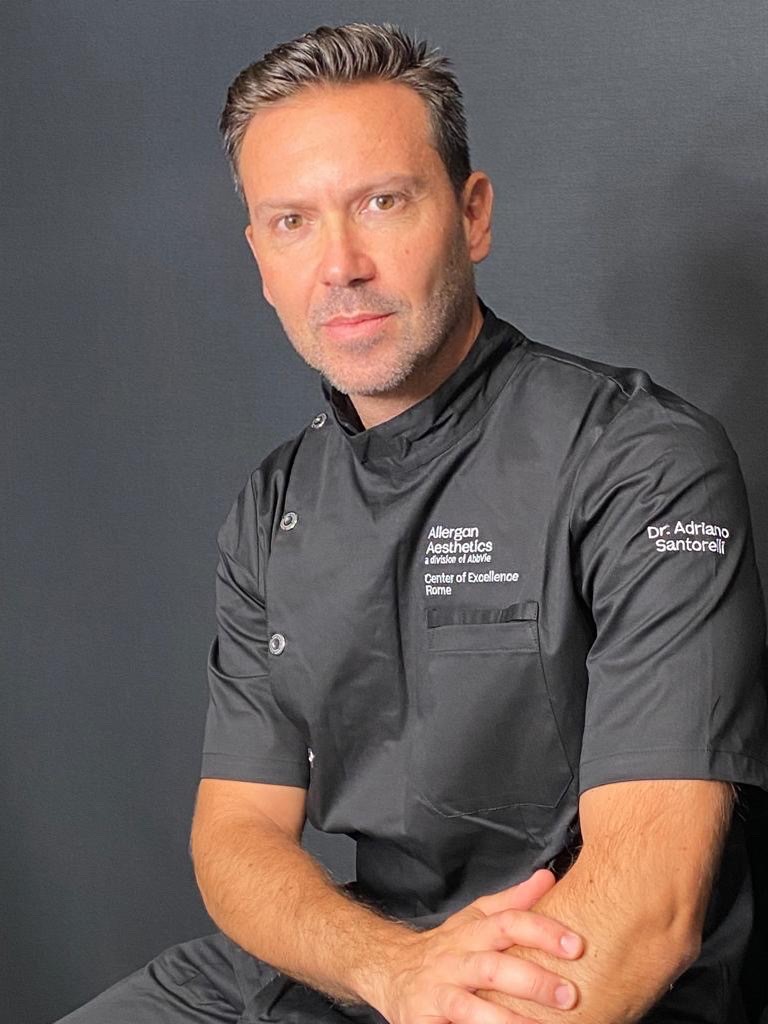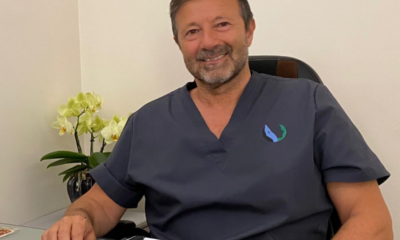Medical doctors and Surgeons
Gluteoplasty: technique and ethical challenges in aesthetic surgery
In recent years, aesthetic surgery has experienced a significant growth in various sectors and one of the currently popular treatments is gluteoplasty.
This procedure, designed to enhance the shape and size of glutes, has become an increasingly popular choice among those seeking to perfect their body image. In this article, we’ll explore the reasons behind this trend, the various techniques employed and the ethical considerations associated with this procedure.
Dr. Adriano Santorelli, a renowned plastic surgeon based in Naples, has shared his experience in the field of aesthetic surgery, focusing specifically on gluteoplasty. His expertise extends from aesthetic surgery to non-invasive treatments.
Gluteoplasty: fusion of art and science
The doctor explained that the term “gluteoplasty”derives from the combination of the words “gluteus” and “plastic”, emphasising the goal of shaping and reshaping the glutes.
This procedure, which may involve gluteal implants, is relatively short, performed under spinal anaesthesia, and provides noticeable aesthetic results. «It has no functional component – explains the doctor – although some treatments, such as poly-lactic and acid rather than fat grafting, can improve the appearance of cellulite».

The insertion of gluteal implants is the most common procedure which takes approximately one hour and the primary goal of such interventions is volume enhancement, improving aesthetics, and significantly contributing to the patient’s self-esteem.
The postoperative period is crucial for success of the treatment. Dr.Santorelli emphasised the differences in postoperative care between procedures involving implants and less invasive procedures such as the use of hyaluronic acid. The patient must follow antibiotic therapy and take days of rest, while in the future, they can quickly resume normal daily activities.
Instagrammable glutes
The doctor has discussed the challenges associated with the influences of social media.
«Excessive requests are always around the corner – Santorelli admits – unfortunately, in my profession, I believe that the best management is to educate the patient». Explaining the risks and limitations of procedures is crucial to avoid unrealistic expectations. Beyond certain limits, there is a risk of entering a ‘no man’s land’, losing control of the process».
Requests to resemble famous personalities such as Angelina Jolie or Kim Kardashian can lead to unrealistic expectations.
«Obviously, this is not a positive symptom when we encounter patients of this kind – emphasises the surgeon – everyone is unique and the starting point is completely different for each individual. What we try to convey is that people in the entertainment industry are heavily filtered on social media».




































